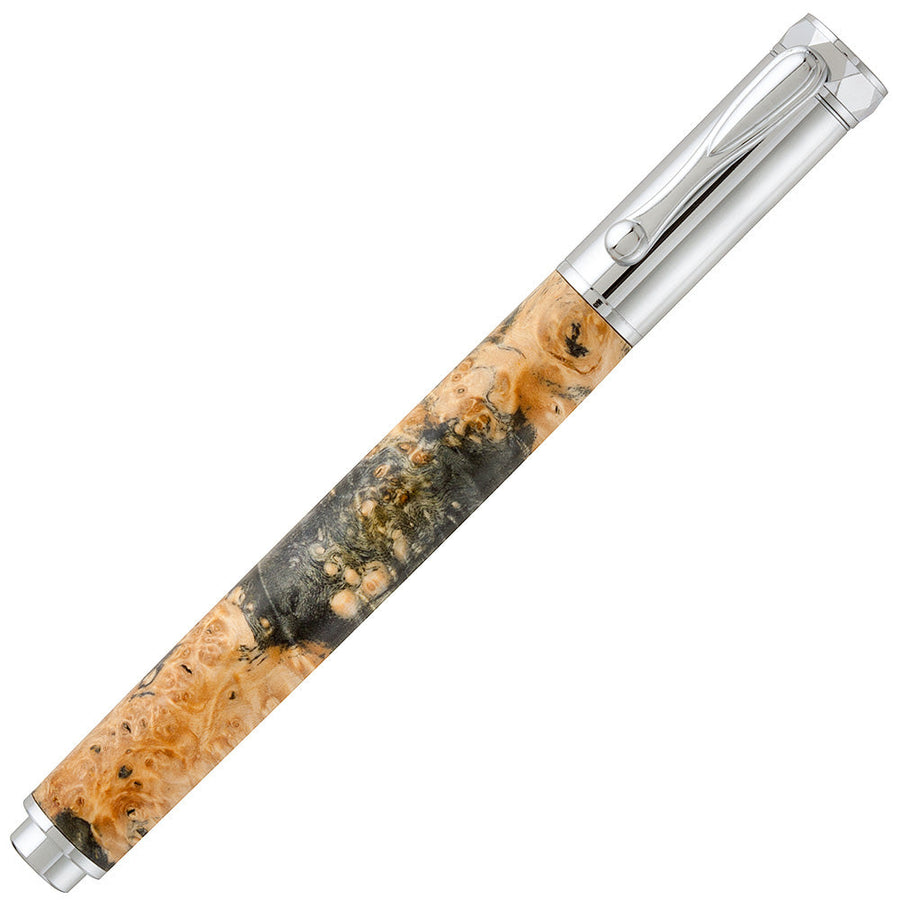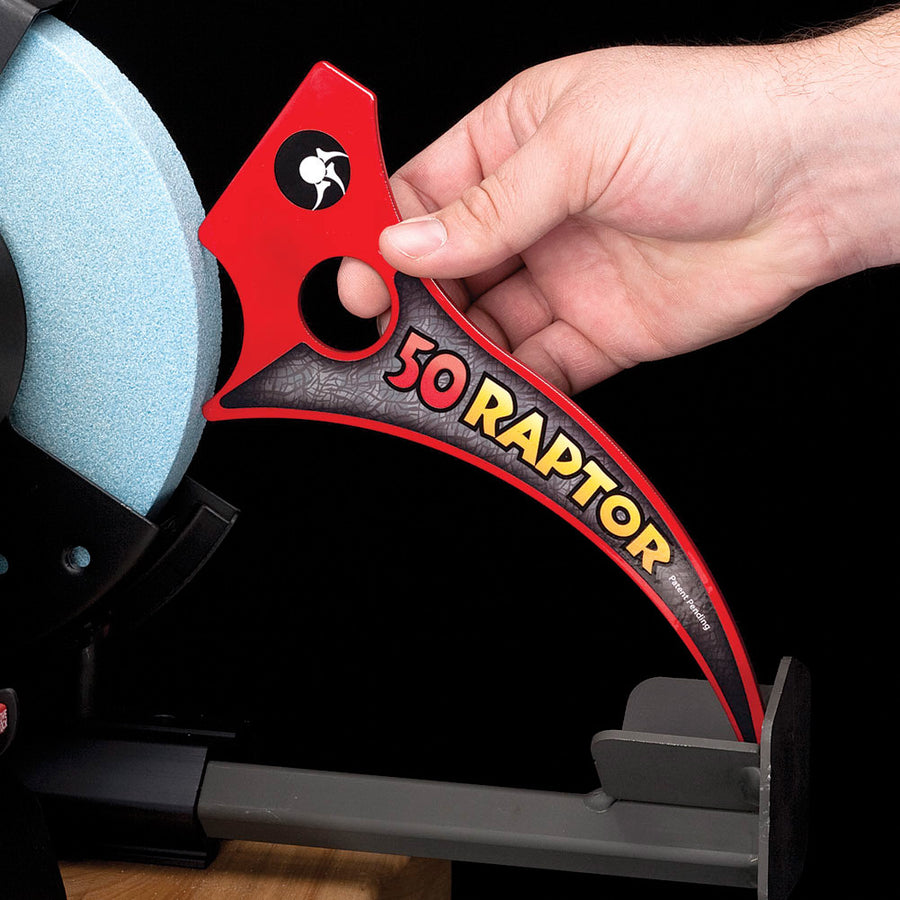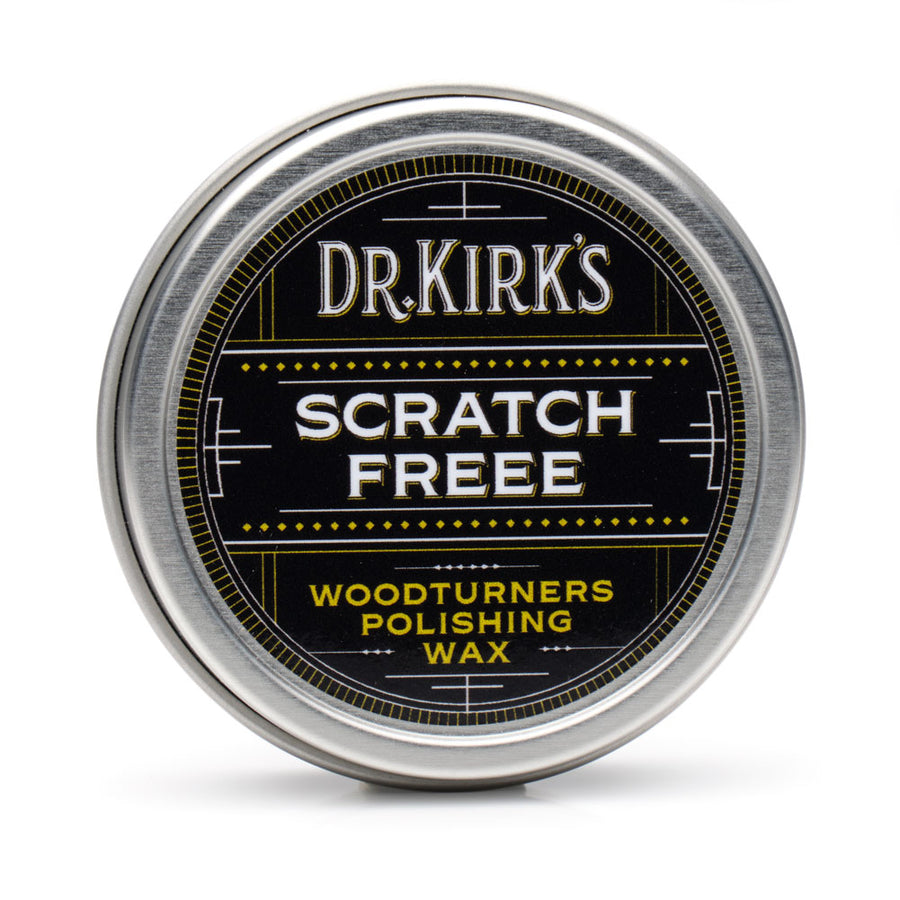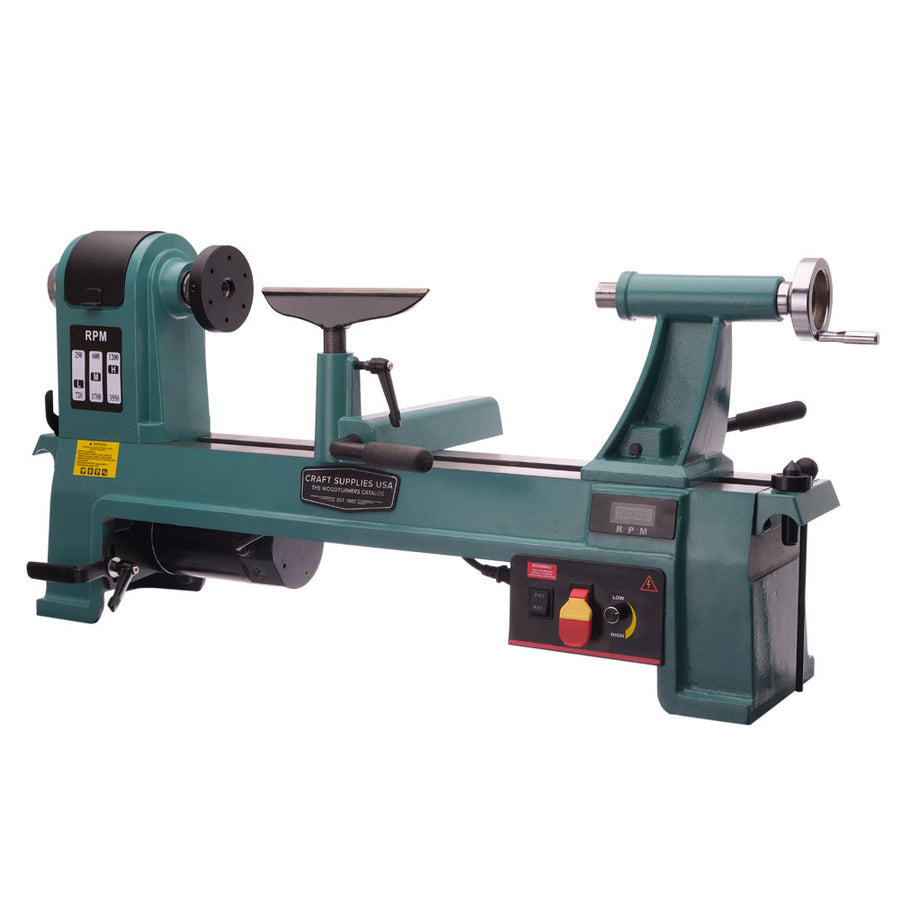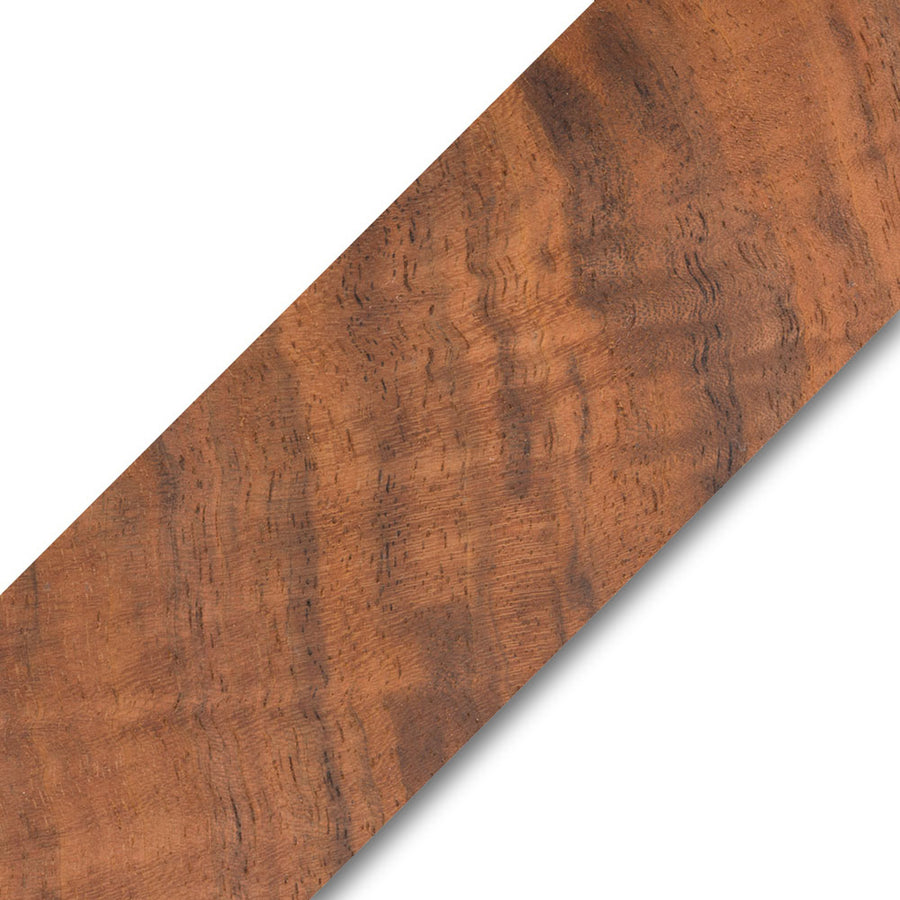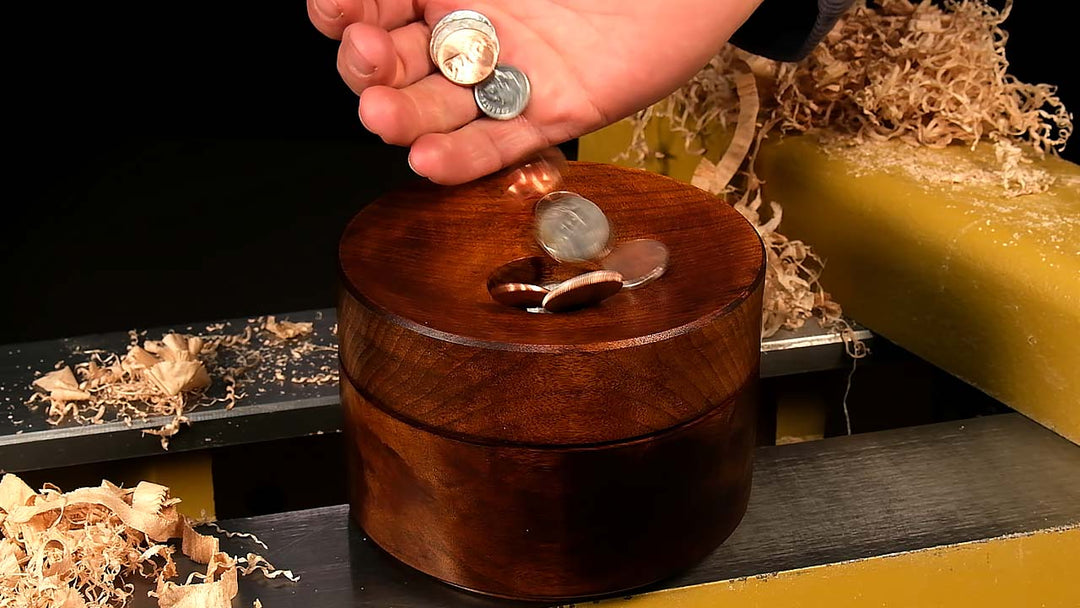Woodturning Safety: Tips to Keep you Safe
Woodturning is a very fun and rewarding craft, but as with any time we are working with machinery, it’s essential to prioritize safety. This blog post, and accompanying video, covers fundamental woodturning safety practices to help you stay safe in your workshop. We’ll explore potential hazards, common mistakes, and preventative measures.
Real-World Examples of What Can Go Wrong (and How to Avoid Them)
The video highlights several real-life incidents to illustrate the importance of safety and just how quickly accidents can happen:
-
Grinder Incident: Pushing too hard on a grinder without taking your time can lead to injuries. Solution: Be patient, use proper technique, and be mindful of where your hands are placed.
-
High-Speed Blank Ejection: Accidentally bumping the speed control to maximum with a large, unbalanced blank can be extremely dangerous. Solution: Always double-check that your lathe speed is set to zero before pressing the start button.
- Segmented Piece Failure: Segmented pieces can come apart if the wood or glue joints are weak. Solution: Use sound materials, strong glue joints, and always wear proper safety gear.
Key Safety Categories
We’ll break down our suggested safety guidelines into several key categories:
1. The Lathe:
-
Read the User Manual: Thoroughly read and understand your lathe’s manual. This will ensure that you understand the capabilities of your machine and its safety features.
-
Setup: Ensure the lathe is stable, level, and securely fastened. Consider adding weight for larger projects.
-
Speed: Always set the speed to zero when changing pieces or turning off the lathe. Start with the speed set to zero, then slowly raise the speed to the appropriate working speed for the size of your workpiece. See our blog post on Determining Safe Lathe Speeds for more details.
-
Chuck Key: Remove the chuck key after use to prevent it from becoming a projectile.
-
Line of Fire: Stand to the side when starting the lathe or working with unknown wood.
- Stop Button: Practice locating and using the stop button quickly. If your lathe has a remote stop button, place it on the same side as the workpiece as you are standing and in easy reach to press the stop button.
2. The Wood (Turning Material):
-
Inspection: Carefully inspect wood for cracks, checks, ring shake, or loose bark.
-
Sharp Edges: Round off sharp edges to prevent accidental cuts.
-
Toxicity: Research the toxicity of the wood you’re using and wear a dust mask.
- Blank Shape: Round off square blanks on a bandsaw before turning large projects.
3. Work Holding Techniques:
-
Faceplate Screws: Use high-quality screws designed for faceplates (e.g., square drive stainless steel). Use more screws for larger pieces.
-
Chuck Tenons/Recesses: Ensure tenons and recesses are sized correctly and match the chuck jaws. Eliminate gaps between the workpiece and jaws.
-
Jaw Size: Choose appropriate jaw sizes for the project.
-
Chuck Tightening: Frequently tighten chuck jaws as wood can compress. If your chuck has multiple jaw tightening points, tighten at each point around the chuck.
-
Spindle Installation: Securely mount the chuck or accessory to the spindle. Some chucks even have set screws to lock onto the lathe spindle.
- Tailstock: Always use the tailstock for support whenever possible.
4. Woodturning Tools:
-
Quality: Buy tools from reputable manufacturers. This will ensure the steel is appropriate for woodturning purposes.
-
Tool Selection: Use the correct tool for the job (e.g., bowl gouge for bowls, spindle gouge for spindles). Never use a spindle roughing gouge on bowls or platters.
-
Tool Use: Understand how to use each tool safely and effectively.
-
Sharpness: Keep tools sharp for better control and to prevent catches and other issues. A dull tool requires using extra force to make a cut which can have unexpected consequences.
-
Tool Rest Height: Set the tool rest to the correct height for the tool and cut being made (usually on center).
-
Tool on Rest: Ensure the tool is on the tool rest before engaging the cut.
-
Tool Rest Position: Keep the tool rest as close to the workpiece as possible without touching.
- Tool Extension: Don’t overextend the tool beyond the tool rest. Again, keep the tool rest close to the workpiece.
5. General Shop Safety and PPE:
-
Dust Protection: Wear a high-quality dust mask or respirator. Many exotic woods are toxic and wood dust in general is considered a carcinogen.
-
Eye Protection: Use ANSI-rated safety glasses (Z87.1+). Better yet, always wear a face shield. Safety glasses may protect your eyes, but a face shield will better protect your face and head from flying debris.
-
Clothing: Avoid loose clothing, jewelry, and watches.
-
Footwear: Wear sturdy shoes or boots.
-
Hair: Tie back long hair.
-
Workspace: Keep the shop clean and tidy, removing shavings and dust. When turning wet wood or woods that have been sealed with wax or wood sealer, the floor can become very slippery. Take time to sweep shavings regularly and add sand or similar to enhance the floor traction.
- Fire Safety: Have fire extinguishers readily available. Allow finish rags to dry completely outdoors before disposal. Lay them out flat while they dry so the heat can dissipate safely. Oily rags can spontaneously combust when left wadded up or thrown in the garbage can.
Training and Progression
-
Training: Seek proper training from experienced woodturners. There are many regional woodturning clubs around the world with members eager to help new turners. We also offer in-person classes here at our Dale L. Nish School of Woodturning.
- Progression: Start with small, simple projects and gradually work your way up to larger and more complex ones as your skills and confidence progress.
Final Thoughts
Woodturning safety is paramount. By understanding the potential hazards, following these safety guidelines, and prioritizing proper training, you can enjoy this rewarding craft safely and confidently. Share your own safety tips and experiences in the comments to help others learn and stay safe!
